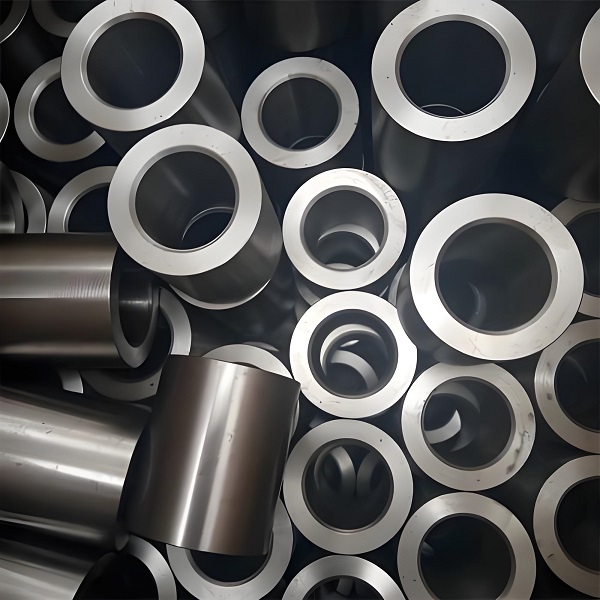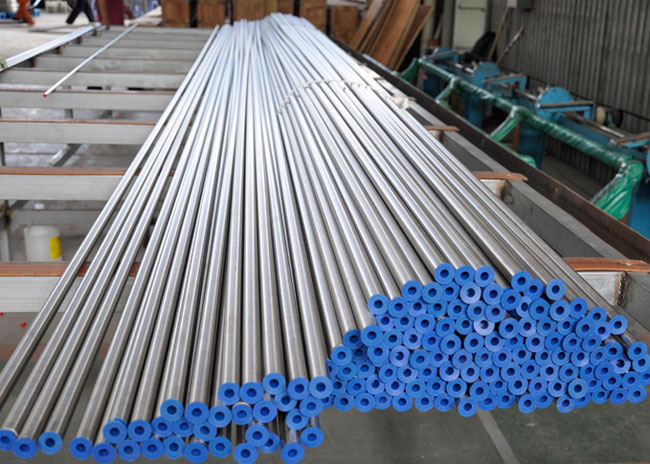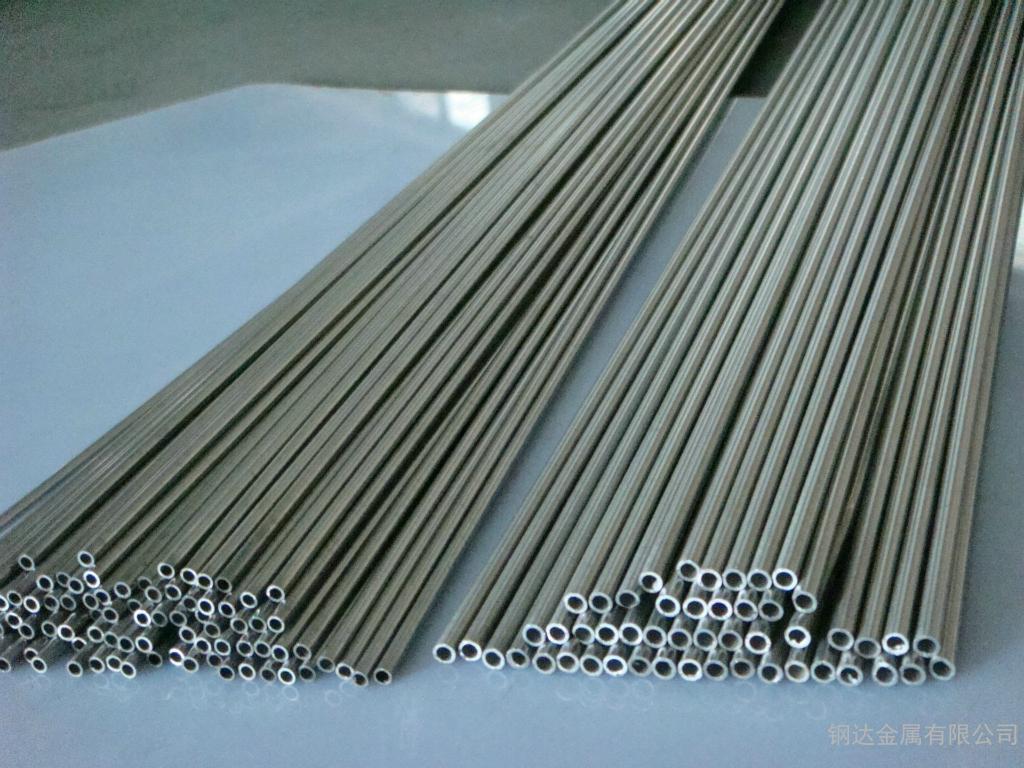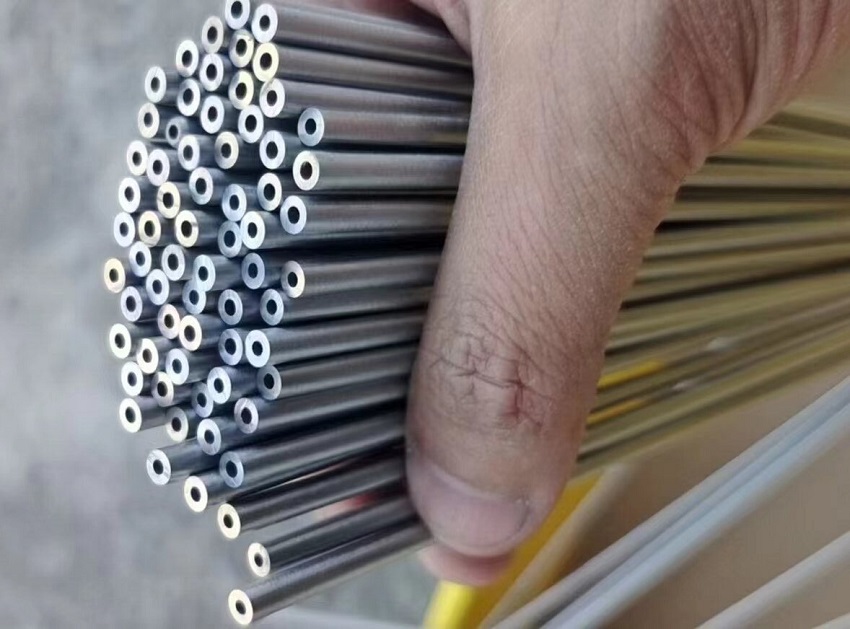Introduce High-Carbon Chromium Bearing Steel Tube
The most often used steel for making bearings and bearing parts is high carbon chromium bearing steel, which is a significant bearing steel category. The bearings performance and lifespan are directly influenced by the complexity of its manufacturing process.
|
USA |
GB |
JIS |
EN |
|
AISI 52100 |
GCr15 |
SUJ2 |
100Cr6 |
|
Grade |
|
C |
Si |
Mn |
P |
S |
Cr |
Ni |
Mo |
Cu |
O |
Al |
Ca |
Ti |
As |
As+Sn+Sb |
Pb |
|
GCr15 |
GCr15 |
0.95-1.05 |
0.15-0.35 |
0.25-0.45 |
≤0.025 |
≤0.02 |
1.4-1.65 |
≤0.25 |
≤0.1 |
≤0.25 |
≤0.0012 |
≤0.05 |
- |
≤0.005 |
≤0.04 |
≤0.075 |
≤0.002 |
|
GCr15A |
≤0.02 |
≤0.02 |
≤0.0009 |
≤0.001 |
≤0.003 |
||||||||||||
|
GCr15E |
≤0.015 |
≤0.015 |
≤0.0006 |
≤0.001 |
≤0.0015 |
||||||||||||
|
52100 |
|
0.93-1.05 |
0.15-0.35 |
0.25-0.45 |
≤0.025 |
≤0.015 |
1.35-1.6 |
≤0.25 |
≤0.1 |
≤0.3 |
≤0.0015 |
≤0.05 |
- |
- |
- |
- |
- |
|
SUJ2 |
|
0.95-1.1 |
0.15-0.35 |
≤0.5 |
≤0.025 |
≤0.025 |
1.3-1.6 |
≤0.25 |
≤0.08 |
≤0.25 |
- |
- |
- |
- |
- |
- |
- |
|
100Cr6 |
|
0.9-1.05 |
0.15-0.35 |
0.25-0.45 |
≤0.03 |
≤0.025 |
1.35-1.65 |
≤0.3 |
- |
≤0.3 |
- |
- |
- |
- |
- |
- |
- |
|
Grade |
Hardness after Annealing |
|
GCr15 |
179-207 HBW |
|
52100 |
60-67 HRC |
|
SUJ2 |
≤201 HBW |
|
100Cr6 |
187–229 HBS |

High-Carbon Chromium Bearing Steel Tube

请输入搜索关键字
确定






